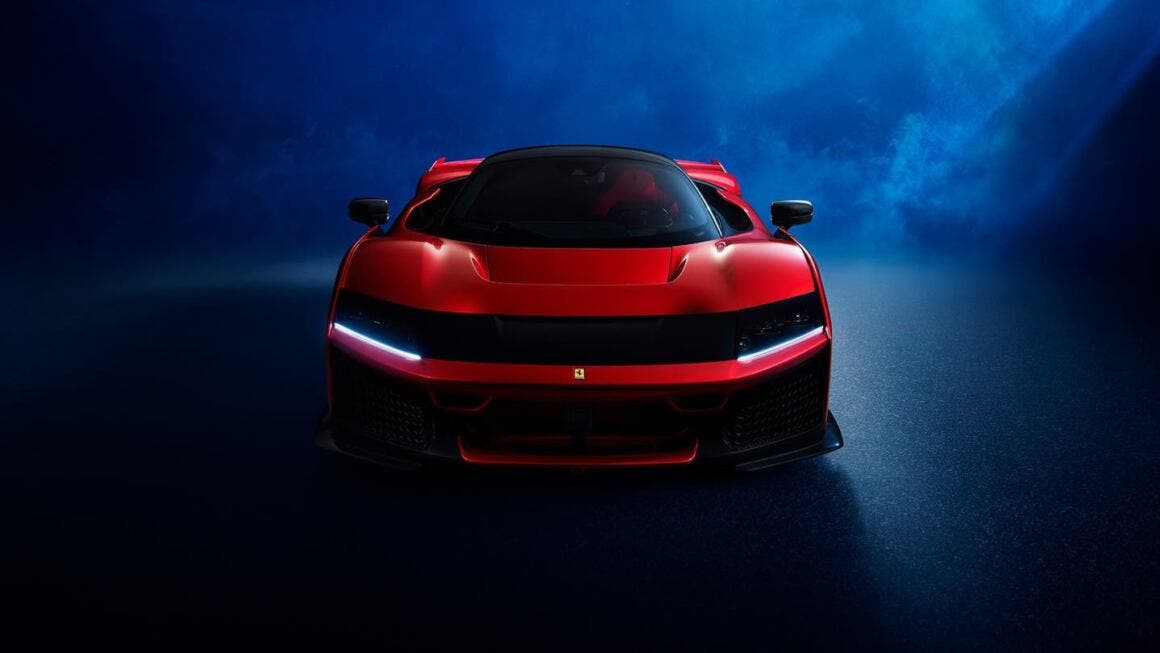The Ferrari F80 marks a crucial turning point in the world of supercars, carrying forward the tradition of the Prancing Horse by debuting with a 1,200 horsepower F1 hybrid engine. Only 799 units of this vehicle will be produced, all of which have already been sold, each priced at 3.6 million euros, with the first deliveries expected in 2025. These impressive numbers, however, are certainly not new for the Maranello automaker. For 40 years now, Ferrari has been able to captivate its most exclusive clients with exceptional and limited models. The predecessors of the F80, in this sense, both for astonishment and sensation, could be some truly special models in Ferrari’s history.
Ferrari, all the predecessors of the brand new F80
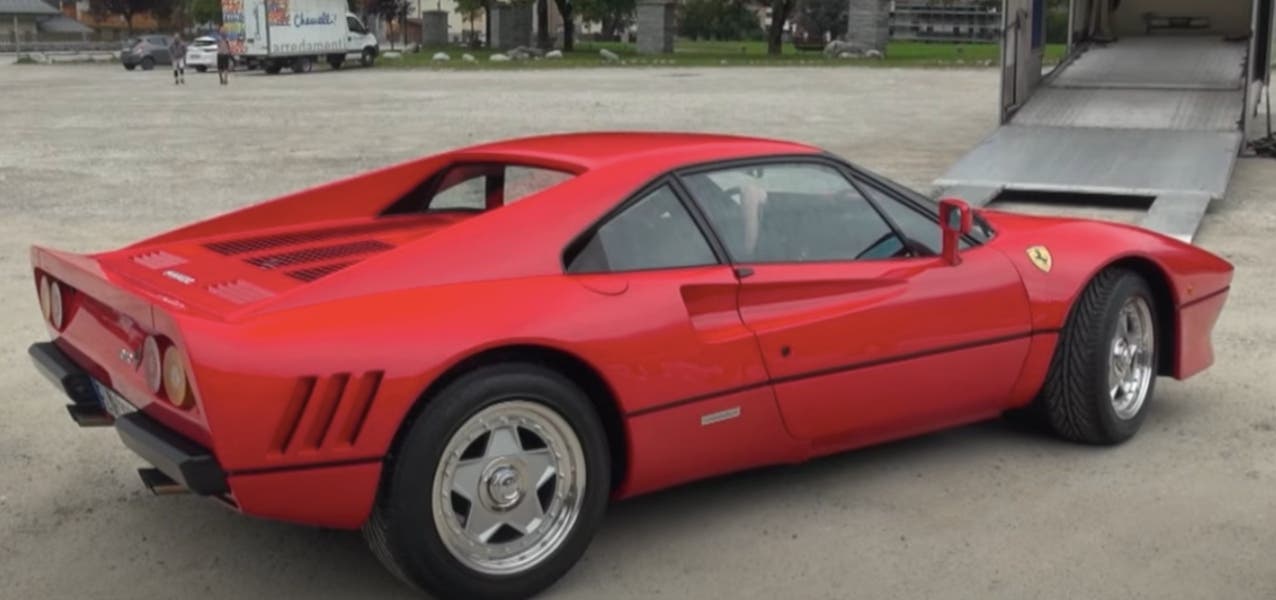
It’s impossible not to start with the revolutionary Ferrari 288 GTO. It was the first vehicle from the Italian brand to feature a twin-turbo V8 engine, which produced 400 horsepower and reached a top speed of 307 km/h. The 288 GTO stood out for its elongated chassis, innovative use of carbon fiber and Kevlar, and a longitudinally mounted engine that contributed to a weight of just 1,160 kg.
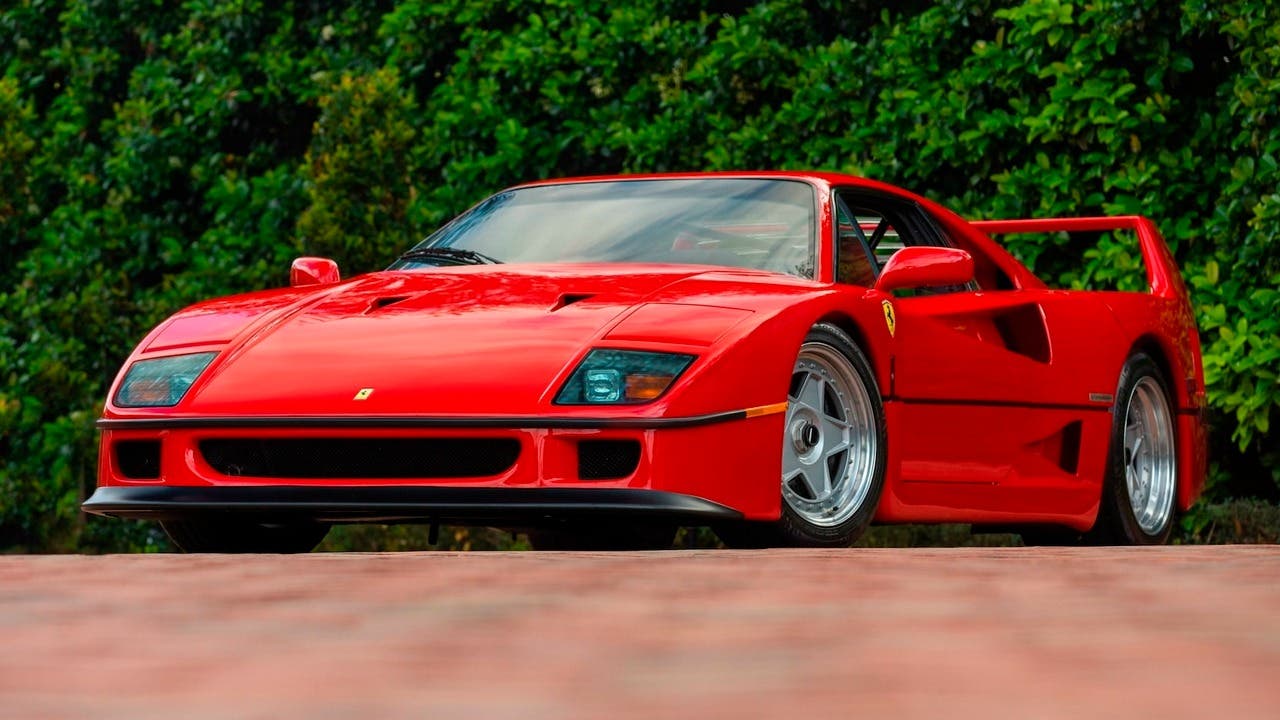
Three years later, in 1987, Ferrari introduced the legendary F40, a car that took the evolution of the supercar concept to even more extreme levels. At the heart of the vehicle was a twin-turbo V8 engine, but this time the power had risen to 478 horsepower. The use of ultra-lightweight materials such as Kevlar, fiberglass, and plexiglass reduced the overall weight to just 1,250 kg, further improving the power-to-weight ratio (2.6 kg/HP) and allowing the car to reach 324 km/h and accelerate from 0 to 100 km/h in just 4.1 seconds.
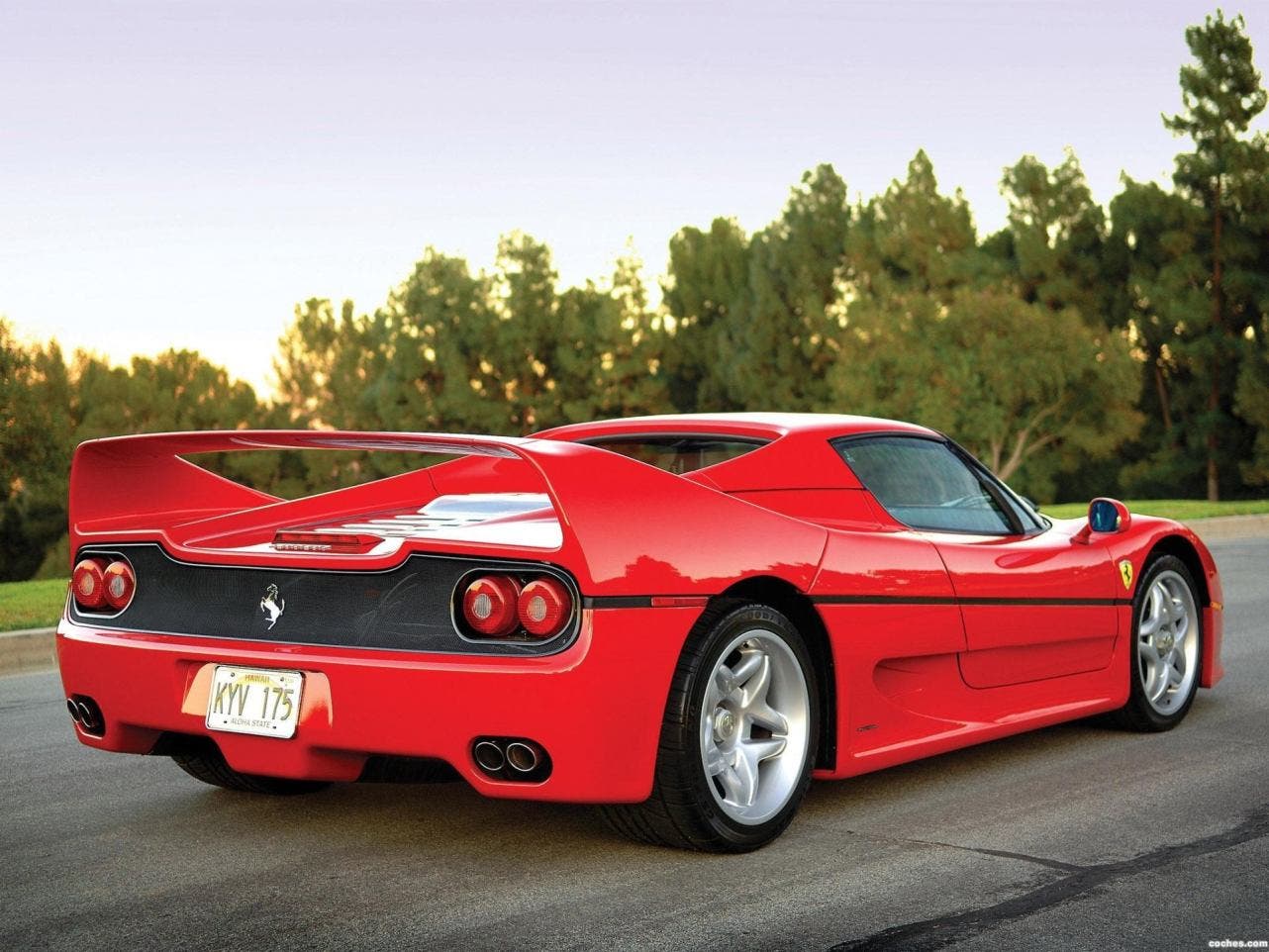
The Ferrari F50 in 1995 was a further step forward, offering a vehicle that was a true road-going Formula 1 car. The F50 adopted a naturally aspirated V12 engine that developed 521 horsepower and 471 Nm of torque. This open-top supercar, characterized by a spider body, could reach a top speed of 325 km/h and accelerate from 0 to 100 km/h in 3.9 seconds. At launch, its price was around 769,000 euros.
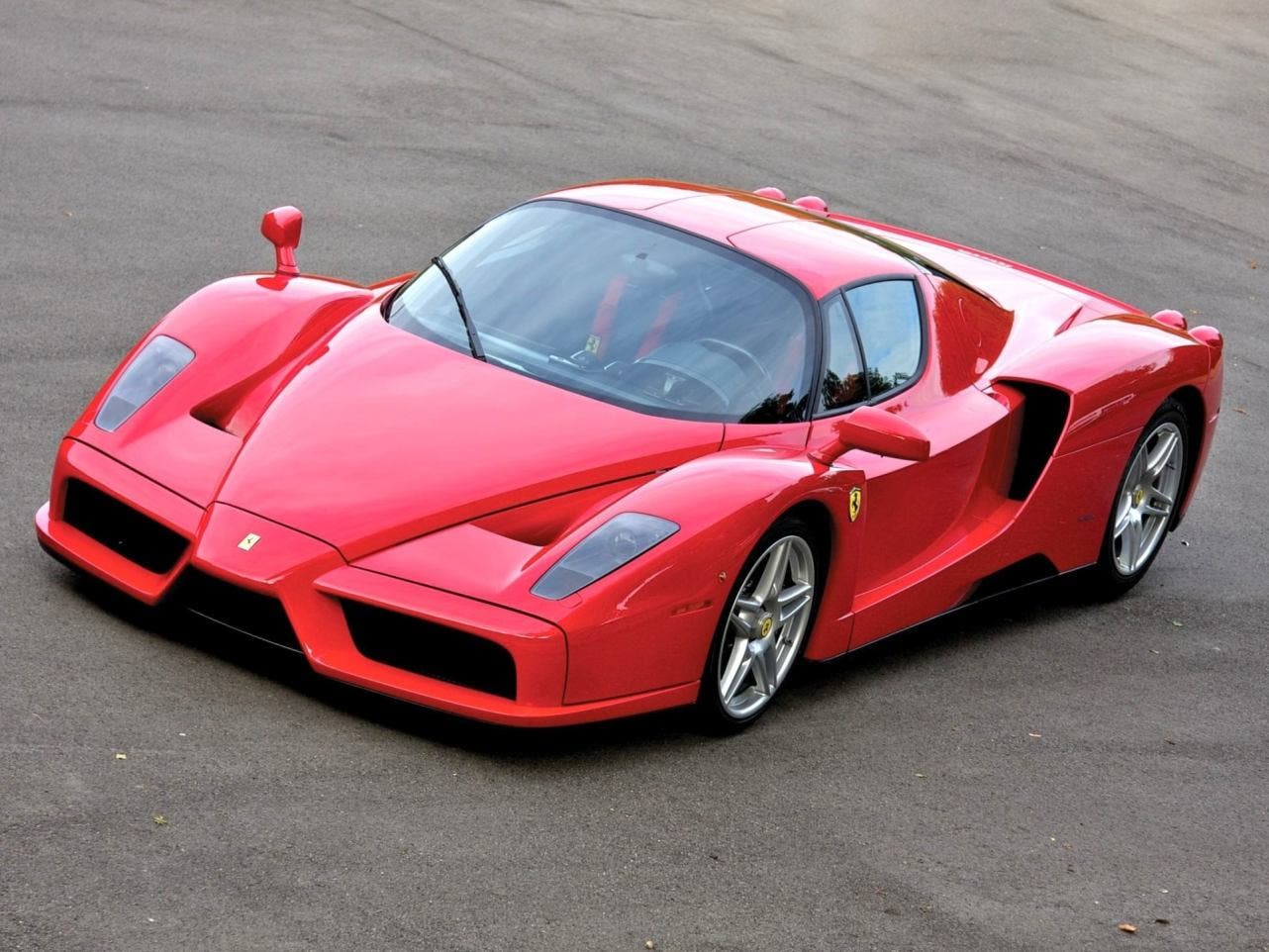
In 2002, Ferrari paid homage to its founder with a car bearing his name: the Ferrari Enzo. Thanks to its full carbon fiber chassis and a 5,998 cc naturally aspirated V12 engine, this beast produced 660 horsepower and 657 Nm of torque. The sequential gearbox and extreme performance, with a top speed of 350 km/h and a 0 to 100 km/h sprint in just 3.65 seconds, make the Ferrari Enzo an iconic car.
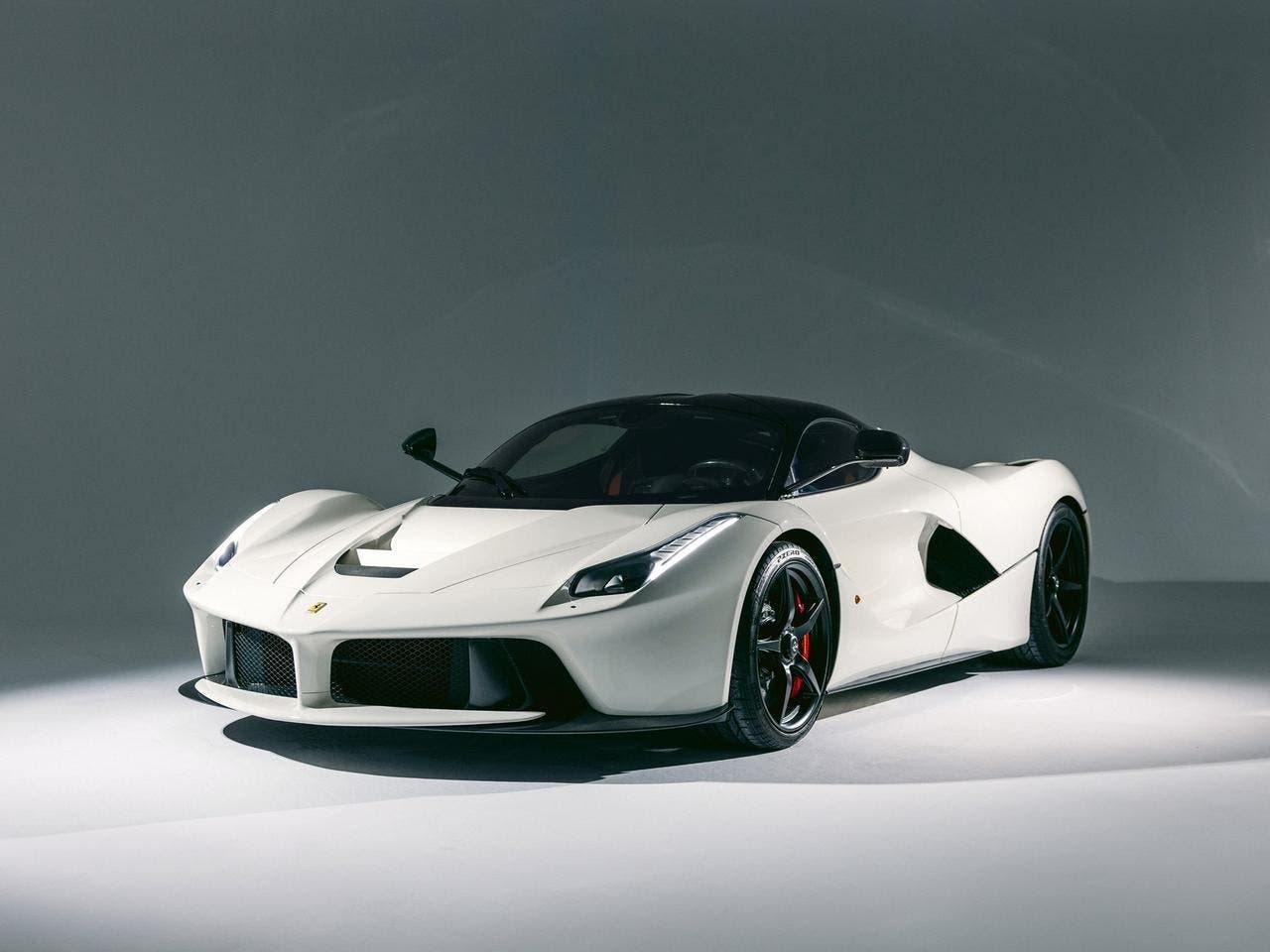
Ten years later, in 2013, Ferrari introduced the LaFerrari, the pinnacle of Prancing Horse engineering and design. With the LaFerrari, the Maranello automaker introduced hybridization in its supercars, combining a naturally aspirated V12 engine with an HY-KERS hybrid system. The result is a combined power of 963 horsepower and 900 Nm of torque, with a top speed exceeding 350 km/h and acceleration from 0 to 100 km/h in 3 seconds.
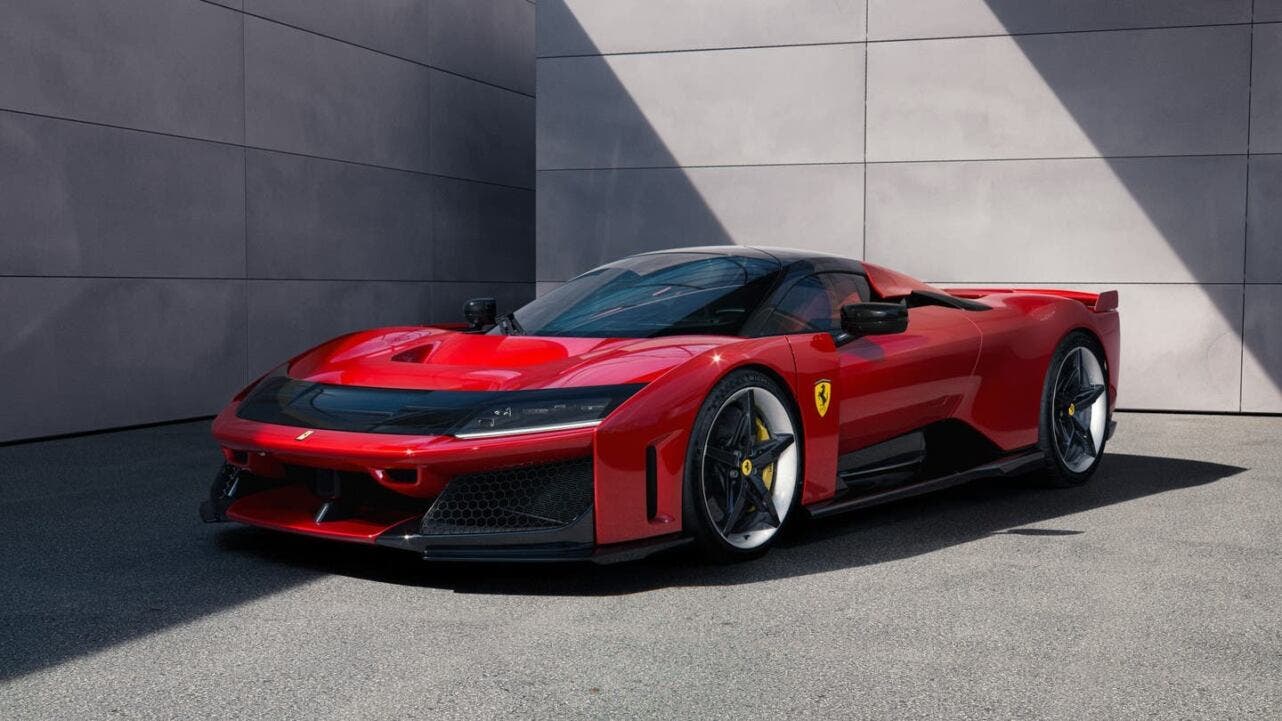
The Ferrari F80 inherits the legacy of this glorious line of supercars and is poised to carry the brand into the future. The price, set at 3.6 million euros, marks a new record for the brand for this latest expression of performance and design that remains at the top of the world.
